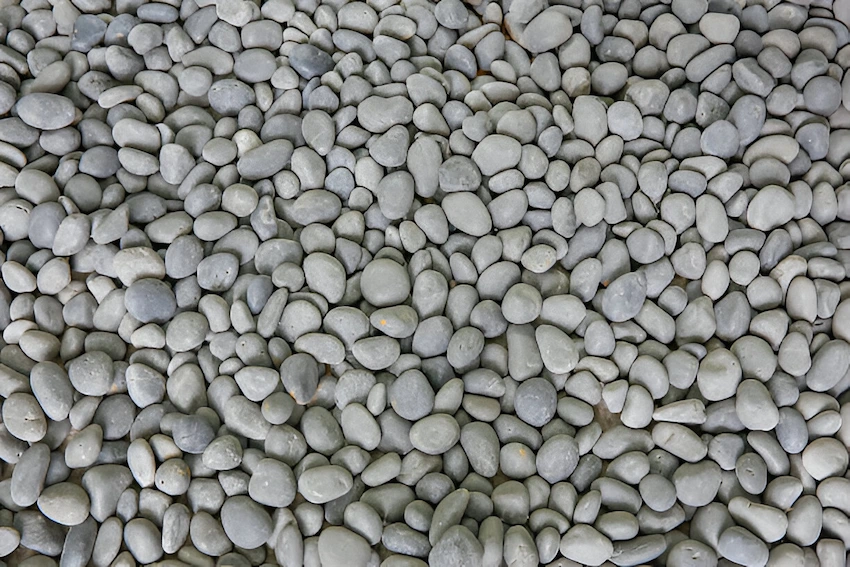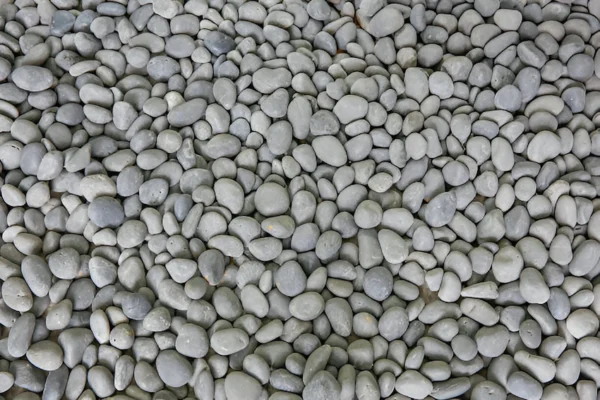Incorporating natural elements can significantly enhance the beauty and functionality of outdoor spaces. Landscape stone is a versatile and timeless material that brings an earthy elegance to gardens, walkways, patios, and other outdoor areas. Whether used for aesthetic purposes or practical applications, Outdoor rock offers numerous benefits, from durability to ease of maintenance. This article will explore various aspects of Outdoor rock, including its types, benefits, installation tips, and creative uses, to help you make informed decisions for your next landscaping project.

Types of Landscape Stone
Outdoor rock stone comes in various forms, each with unique characteristics and uses. Here are some of the most popular types:
- Flagstone: This flat, thin stone is ideal for creating patios, walkways, and stepping stones. Its natural look and non-slip surface make it a favorite for outdoor spaces.
- River Rock: Smooth and rounded, river rocks are excellent for creating water features, dry creek beds, and ground cover. They add a soothing, natural feel to landscapes.
- Limestone: Known for its versatility, limestone can be used for a wide range of landscaping projects, including retaining walls, pathways, and garden edging. It is available in various colors and textures.
- Granite: Durable and weather-resistant, granite is perfect for high-traffic areas like driveways and pathways. Its varied colors and patterns can enhance the visual appeal of any landscape.
- Slate: With its striking colors and unique texture, slate is often used for decorative purposes, such as creating artistic garden features and accents. Discover the top 6 best landscape places in the World
Benefits of Using Landscape Stone
Incorporating landscape stone into your outdoor design offers several advantages:
- Durability: Unlike other materials, Outdoor rock can withstand harsh weather conditions and heavy foot traffic, ensuring longevity and minimal maintenance.
- Aesthetic Appeal: Outdoor rock natural beauty adds an organic, timeless charm to any outdoor space. It can complement various design styles, from rustic to contemporary.
- Low Maintenance: Once installed, Outdoor rock requires little upkeep. It doesn’t need painting, staining, or frequent replacement, saving time and effort.
- Environmental Benefits: Outdoor rock is a sustainable choice, as it doesn’t release harmful chemicals into the environment. It also helps conserve water by promoting natural drainage and reducing soil erosion.
- Versatility: Outdoor rock comes in numerous types, colors, and sizes and can be used for a variety of projects, including pathways, patios, retaining walls, and garden borders.
Installation Tips for Landscape Stone
Proper installation is key to maximizing the benefits of landscape stone. Here are some tips to ensure a successful project:
- Plan and Design: Before starting, create a detailed project plan. Consider the layout, dimensions, and specific stones you will use. This will help you estimate the materials needed and avoid unnecessary costs.
- Prepare the Ground: Clear the debris, weeds, and other obstructions. Ensure the ground is level and properly graded to promote drainage and prevent pooling.
- Choose the Right Base: A solid foundation is crucial for the stability of landscape stone installations. Use a base layer of crushed stone or gravel, followed by a layer of sand for leveling.
- Lay the Stones: Arrange the stones according to your design, ensuring they fit tightly together. Use a rubber mallet to tap the stones into place for pathways and patios gently.
- Fill the Gaps: Fill the spaces between the stones with sand or gravel to secure them and prevent shifting. Polymeric sand, which hardens when wet, can be used for a more polished look.
Creative Uses of Landscape Stone
The versatility of Outdoor rock stone allows for endless creative possibilities in outdoor design. Here are some innovative ideas to inspire your next project:
- Garden Pathways: Create winding paths through your garden with flagstone or stepping stones, adding a whimsical touch to your landscape.
- Water Features: Use river rocks to build natural-looking ponds, waterfalls, or dry creek beds that enhance the tranquility of your outdoor space.
- Retaining Walls: Construct retaining walls with limestone or granite to create terraced garden beds, which will prevent soil erosion and add visual interest.
- Fire Pits: A stone fire pit made of heat-resistant materials like granite or slate can be used to design a cozy outdoor gathering area.
- Decorative Accents: To add texture and color, incorporate slate or other decorative stones into garden borders, rock gardens, or focal points.
Conclusion
Landscape stone is an excellent choice for enhancing the beauty and functionality of outdoor spaces. Its durability, low maintenance, and aesthetic appeal make it a valuable addition to any landscaping project. You can create stunning and enduring outdoor environments by understanding the different types of Outdoor rock, their benefits, and proper installation techniques. Embrace the natural elegance of Outdoor rock and transform your garden, patio, or walkway into a captivating haven.
FAQ’s
How do I maintain my landscape stone pathway?
Maintenance is minimal, but regular sweeping and occasional washing with water can keep the stones clean. Filling gaps with sand or gravel as needed will prevent shifting.
Can landscape stone be used for both decorative and functional purposes?
Landscape stone is versatile enough to serve decorative and functional roles, from creating garden accents to building retaining walls.
Is landscape stone environmentally friendly?
Yes, landscape stone is a sustainable option. It doesn't release harmful chemicals and promotes natural drainage, reducing soil erosion.
What is the most durable type of landscape stone?
Granite is one of the most durable types of landscape stone, making it ideal for high-traffic areas and long-lasting installations.








